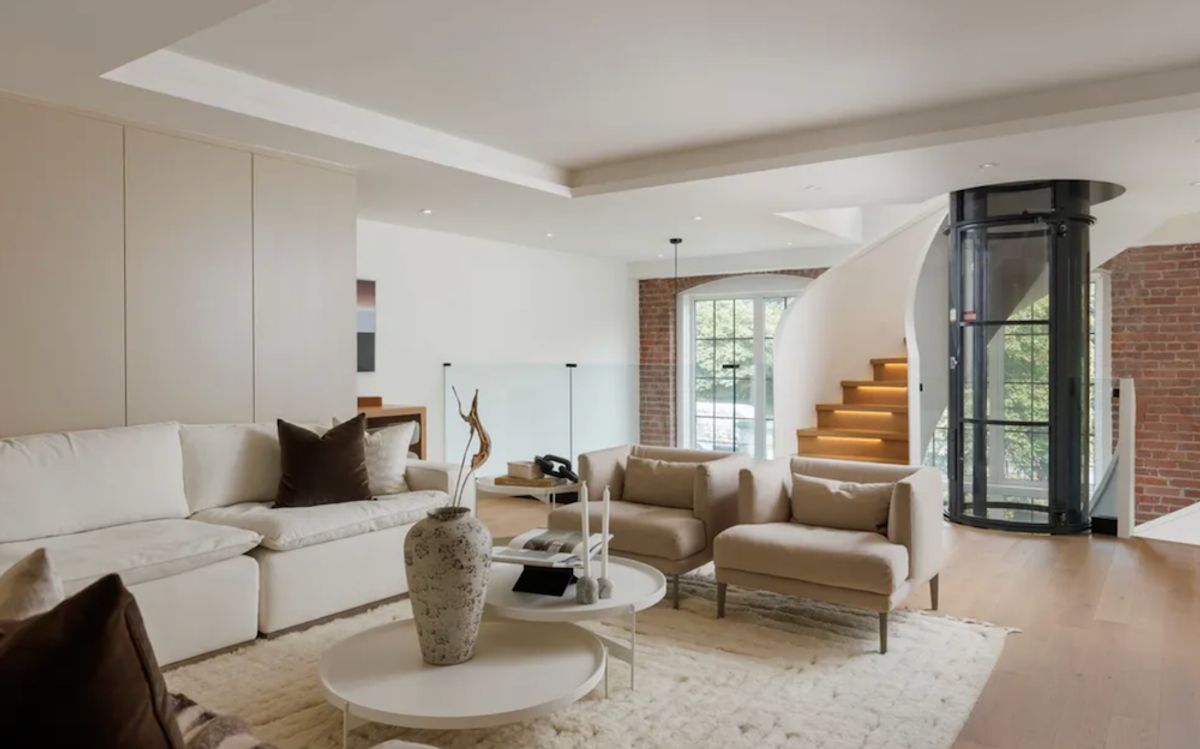In June, Toronto Regional Real Estate Board (TRREB) reported more than an 80% year-over-year increase in active condo listings. This month, the market continued in its lopsided fashion with July seeing a nearly 64% increase in active condo listings compared to the same month last year.
Active condo listings totalled 8,979 in July, reported TRREB, up from 5,416 in July 2023. On a broader scale, just last week, quarterly numbers showed that listings in Q2 2024 jumped a staggering 83.6% from the same six-month period in 2023.
At the same time, sales have been on the slump for months while condo prices have remained “sticky,” experts say. The result is that there is a surplus of inventory that isn't becoming more appealing to would-be buyers anytime soon.
Why, in the midst of a massive housing crisis, are thousands of condos sitting on the market untouched? In short, the culprit is high interest rates. But interest rates persist nationwide, so why is Toronto’s condo market, in particular, suffering to such a high degree?
Let’s start with who would-be condo shoppers are. “If you think about the entry point of first-time buyers, the condo segment is a key point of entry for them,” says Jason Mercer, Chief Market Analyst at TRREB. “First-time buyers are also the most sensitive group of buyers in the marketplace. They don't have equity built up in a current home that they own.”
These first-time homebuyers, with their lack of equity, are then doubly disadvantaged when you add high interest rates into the equation. So, already a large portion of would-be buyers are being financially shut out of the condo market.
Without end users buying up condos, this leaves all the shopping to investors. But why would investors buy a condo at a time when rents simply aren’t high enough to cover monthly mortgage payments and when most Toronto condo investors are cash-flow negative? The answer is that they’re not. “Investors have completely disappeared,” says John Pasalis, President and Broker of Realosophy Realty Inc. “And the majority of what we've been building are tiny units geared toward them.”
This brings us to a unique characteristic of the Toronto condo market: the surplus of shoebox-sized studios and one-bedroom units. “For decades, the federal and provincial governments decided not to prioritise the construction of rental housing in Canada, and in Ontario more specifically, and that gap in rental demand was filled by investors buying condominiums,” says Pasalis. “Investors were disproportionately buying smaller units because they’re less expensive, but also because the net return on rent is better for smaller units than for big ones.”
The result is that the majority of the product on the market was built to fulfil investor demand, leaving us unit types that aren’t appealing to end users. “First-time buyers look at what they're getting and they think ‘I’m just not interested in these types of units at these prices’,” says Pasalis. And what they’re getting a lot of the time are narrow 400-500 sq. ft shoebox apartments.

Gus Papaioannou, long-time Toronto realtor at Realosophy, says sales for these “bowling alley” style units so popular amongst investors are moving slow, or not at all, but that it ultimately comes down to the quality of the space. “I’m still seeing some of the nicer one-bedroom units — ones that have a terrace, for example, or are south-facing, or maybe it has a really nice den that can be used as a second bedroom — when priced right, they’re moving,” he says. “But those awkwardly-laid-out, bowling-alley-style units just aren't moving. The only way it will sell is if someone discounts the price considerably to see if they can attract attention.”
But of course, many sellers refuse to lower their prices — prices which first-time homebuyers can’t afford — hence, the condo market standstill.
In the meantime, the sellers that can will continue renting, others will bite the bullet and sell in hopes of funnelling their equity elsewhere, like the King Street condo owner who sold at a $320,000 loss earlier this week. But many will hold out for the market to swing back in their favour as rates continue to lower.
Papaioannou thinks it could be a while before sellers gain back some of their power though. “Anybody who has to sell a condo should just sell in my opinion,” he says. “If you can hold on, you’re probably going to have to hold another year or two or three before things get better.”
Mercer says that, initially, it will be buyers who benefit from future rate cuts. “We’re seeing a lot of inventory build up, and so as interest rates lower and buyers start to move off the sidelines, they’re going to benefit from the best of both worlds.” Those worlds being ample choices and more affordable mortgages. “So, you won’t necessarily see prices start to rise right away,” Mercer says.
But in the medium- to long-term, things will start to shift. “If we don’t see more new home completions, then eventually we're going to absorb all this standing inventory, and we're going to go back to tiger market conditions, more competition between buyers, and upward pressure on home prices,” says Mercer.
And if a wider variety of unit sizes, targeted at end-users, aren’t a part of those new home completions, there will only be additional strain on the market. “You’re going to have a scenario where there's less inventory than we need of certain homes types,” Mercer says. “There will be a mismatch essentially. And that leads to tighter market conditions and upwards pressure on prices as well.”





















